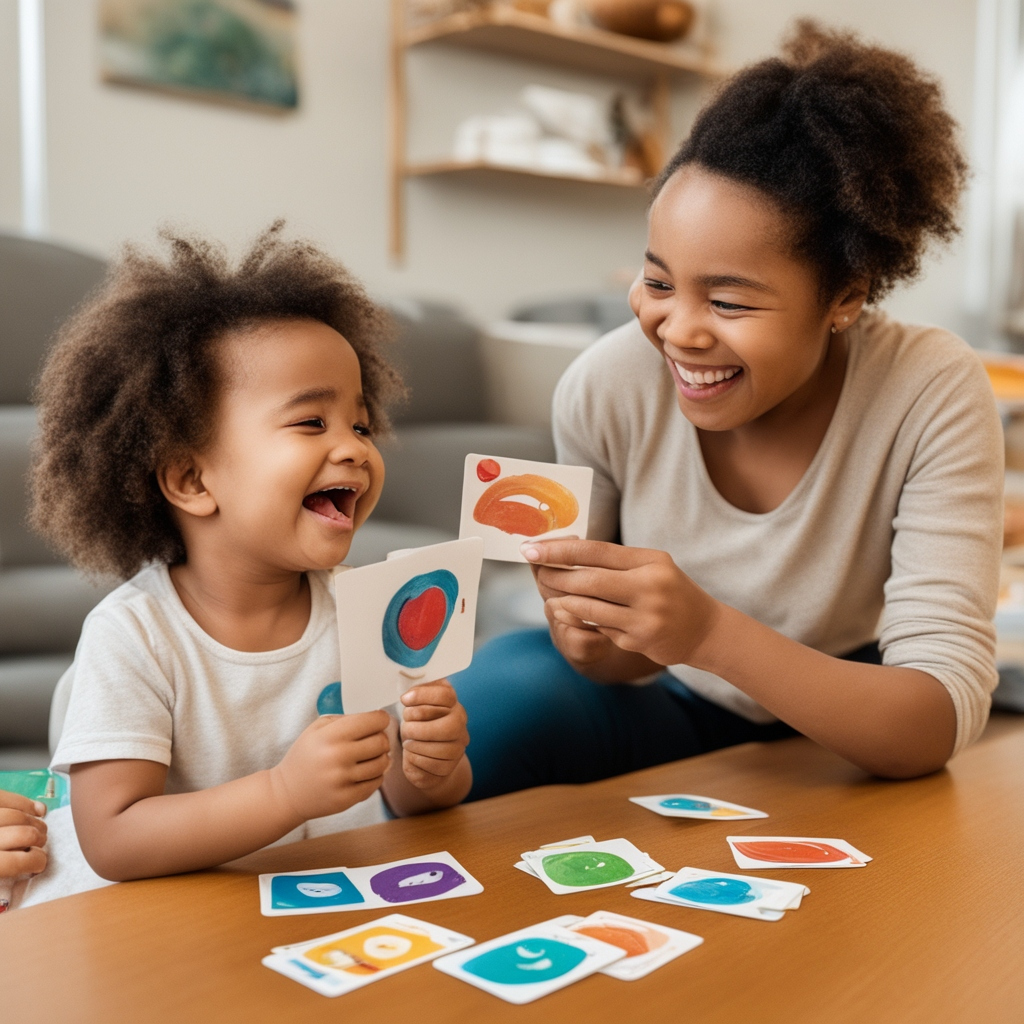Understanding emotions is a fundamental part of human development. For toddlers, who are just beginning to navigate the complex world around them, learning about emotions can be both exciting and challenging. As parents and caregivers, we play a crucial role in helping our children identify, understand, and express their emotions effectively. Here, we explore strategies and practices that can guide you in teaching your toddler about emotions.
Understanding Toddler Emotions
Before diving into teaching methods, it’s important to understand the emotional landscape of a toddler. At this stage, children experience a wide range of emotions, yet they might not have the words or skills to express them. This can often lead to frustration or tantrums. Recognizing that these behaviors are a normal part of development can help caregivers approach emotional education with patience and empathy.
Modeling Emotional Awareness
One of the most effective ways to teach toddlers about emotions is through modeling. As adults, we should be aware of our own emotional expressions. Exhibit a variety of emotions openly and appropriately around your toddler. For instance, express joy when something makes you happy, and make sure to verbalize why you feel that way. Similarly, if you’re feeling sad or frustrated, narrate the emotions using simple language. This modeling helps children see how emotions can be managed and expressed.
Labeling Emotions
Toddlers may feel overwhelmed when they experience emotions they cannot articulate. By labeling emotions, we can provide them with the vocabulary they need. Incorporate feelings into daily conversations. For example, say things like, “I see you’re feeling sad because we can’t go to the park today” or “You’re happy because you got a new toy!” This practice not only aids in vocabulary building but also helps toddlers associate words with their feelings.
Using Books and Stories
Books and stories are fabulous tools for teaching. Choose stories that center around characters facing emotional challenges and resolving them. Discuss the emotions displayed by the characters, asking questions like, “Why do you think the character feels this way?” or “What would you do if you felt angry like the character?” This interaction helps toddlers become more empathetic and enhances their emotional understanding.
Interactive Play and Role-Playing
Toddlers learn best through play. Engage in role-playing games where you and your child act out different emotions. Use toys or puppets to create scenarios where various emotions are expressed. For example, you could have a puppet feel sad because it lost its friend, and your child can suggest ways to make the puppet feel better. This kind of imaginative play allows toddlers to experiment with emotions in a safe environment.
Encouraging Emotional Expression
Create an environment where your toddler feels safe to express emotions. Encourage them to talk about their feelings regularly, reinforcing that it’s okay to feel a certain way. Whenever they express an emotion, show validation. Avoid dismissing or minimizing their feelings by saying things like “Stop crying” or “There’s nothing to be angry about.” Instead, reassure them by saying, “It’s alright to feel this way; let’s talk about it.”
Building Emotional Regulation Skills
Once your toddler can recognize and label emotions, guide them in developing emotional regulation skills. Teach simple techniques for managing emotions, such as deep breathing for calming down or seeking out comforting activities. For instance, when a child shows signs of frustration, you can remind them to take slow, deep breaths or engage them in a favorite calming activity like drawing or reading.

Consistency and Routine
Creating a consistent routine helps toddlers anticipate daily events and reduces anxiety, fostering a more emotionally stable environment. Include moments in your routine that focus on emotional check-ins, such as talking about feelings during bedtime or before meals. Establishing these moments as part of the daily routine helps normalize emotional discussions.
Using Emotion Games and Activities
Numerous games are designed to teach children about emotions. Consider using emotion cards, where each card features a different facial expression. Ask your child to match the expression with a corresponding emotion label. You can also play matching games with emotion-based puzzles or engage in activities like drawing emotions on a paper and naming them.
Communication and Active Listening
Communication is key to teaching emotions. Practice active listening when your toddler tries to express their feelings. Get down to their level, maintain eye contact, and reflect back what you hear to ensure understanding. This not only validates their feelings but also teaches them the importance of listening and empathy in communicating emotions.
Leveraging Music and Movement
Music and movement are powerful emotional tools. Play songs that convey different emotions and encourage your child to dance or move according to the music’s mood. Discuss how different tempos and melodies make them feel. This kinesthetic approach is especially effective in helping toddlers connect with and express their emotions.
Reevaluating as They Grow
As your child grows, their emotional understanding and needs will evolve. Continuously adapt your teaching methods to be age-appropriate. Engage in conversations about more complex emotions and navigate social situations that may arise as they interact with peers. Providing continuous support and reevaluation will aid them in developing a mature emotional intelligence.
In conclusion, teaching toddlers about emotions is an ongoing journey that requires patience, creativity, and empathy. By employing a variety of strategies, from modeling to interactive play, we can equip our children with the essential skills they need to understand and express their emotions effectively. This foundational emotional education will serve them well throughout their lives, fostering empathy and resilience.